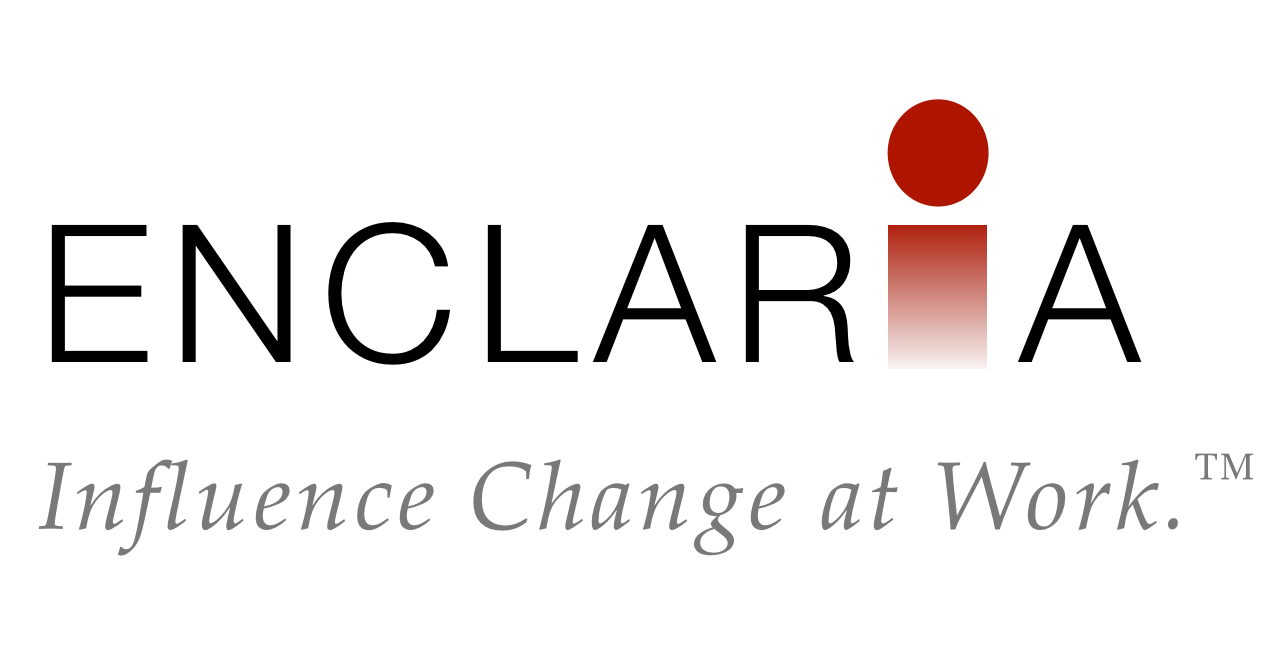Last week I attended the Association for Strategic Planning Atlanta chapter’s monthly meeting for a presentation called, “Zero to Strategy in 12 Months.” It was the story of how the presenter led the development of an Office of Strategy and Solutions in his organization over the course of the last year. He started with nothing, and now his group of internal consultants numbers 12 people.
Curious about the organizational change aspects of this project, I asked the question, “What did you do within the organization to make this (the approach they developed) the way they do things? How did you get people to accept your group’s help? What did you do for change management?”

His answer surprised me, because he couldn’t point to any deliberate plan to gain support and embed the new way of doing things into the organization. But by listening to the rest of the story, I was able to put the pieces together of what made the new group successful.
And it looked pretty familiar.
Ensuring Sponsorship
First of all, the initial idea for the Strategy and Solutions role was approved and supported by the CEO. The fledgling department reported directly to the CEO withing the organizational structure. They started off with the ultimate sponsor for their activities.
Managing Resistance
They started the effort in areas that were more amendable to getting help. There was a spectrum, he said, of department managers who ranged from “Please help us” to “Keep out.” The resistance usually came down to whether the strategy group was perceived as overlapping with what the department was already doing or whether the strategy group was filling a gap. Managing perceptions of the value the group added to each department helped mitigate resistance.
Demonstrating Results
Although he claimed they didn’t do any internal PR to promote the group, their main way of gaining attention was to achieve and demonstrate results. They focused on sharing their successes both small and large to show how they could help other parts of the company.
Fostering Ownership
Instead of making the strategy group an external entity from the departments they worked with, the speaker said they tried to help the people they worked with see themselves as a part of the strategy group. The strategy department became “the glue” that tied everyone together. Since people saw themselves as an extension of the strategy group, they cared about what happened to the group and had a hand in their success.
Gaining “Mindset Share”
When it came to implementation of the strategy process and the solutions they developed, he said that the more “mindset share” they had, the more people would do what needed to be done. Their meetings were structured so that everyone involved would touch the strategy at least once a month. The more attention they could focus on the strategy, and the more it would become “the way we do things” instead of just another project in addition to “my day job.”
I find it interesting that there was no official change management plan for implementing this new strategy group. And yet they took deliberate actions to gain support and engage the organization that looked an awful lot like change management.
Some organizations cringe at the phrase “change management.” In spite of change management’s status as a buzzword, the fact is there are certain activities that help change happen in organizations, and if you don’t do them, nothing really changes.
It doesn’t matter what you call it, it matters that you do it.
Gain tools and templates to implement change in your organization — no matter what you call it — with the Influence Change at Workâ„¢ Toolkit.
